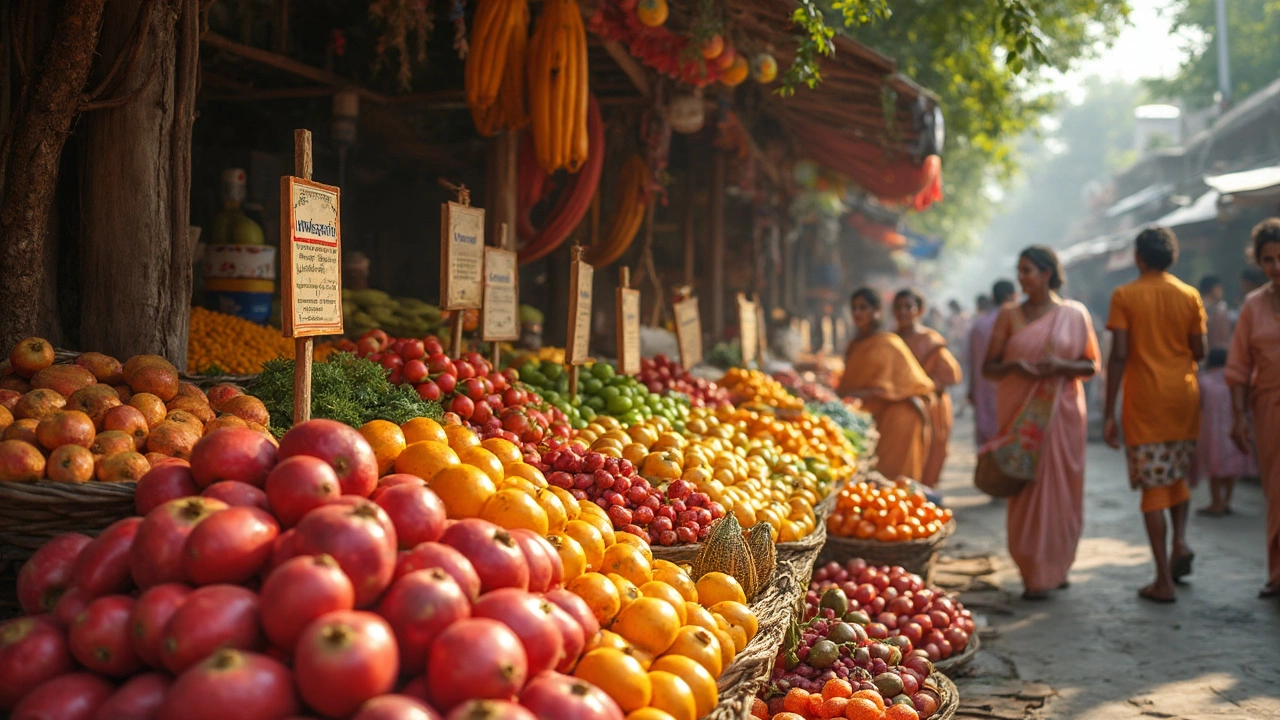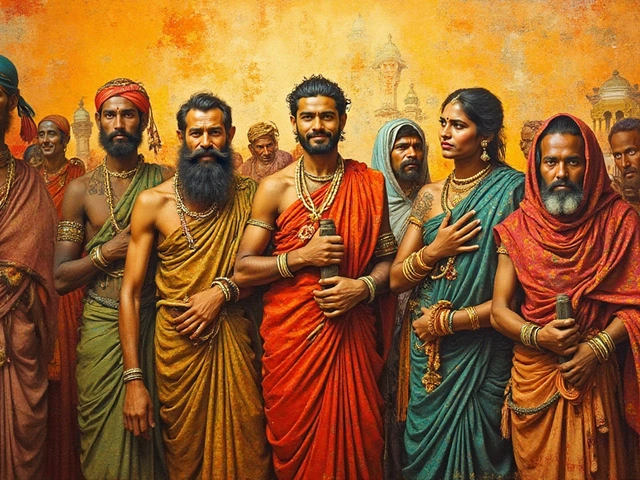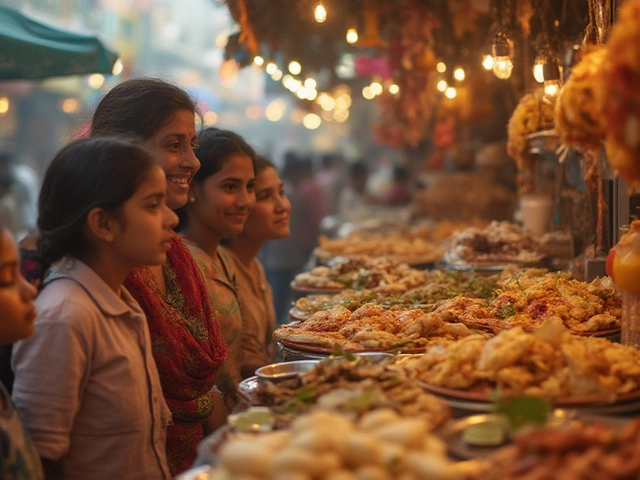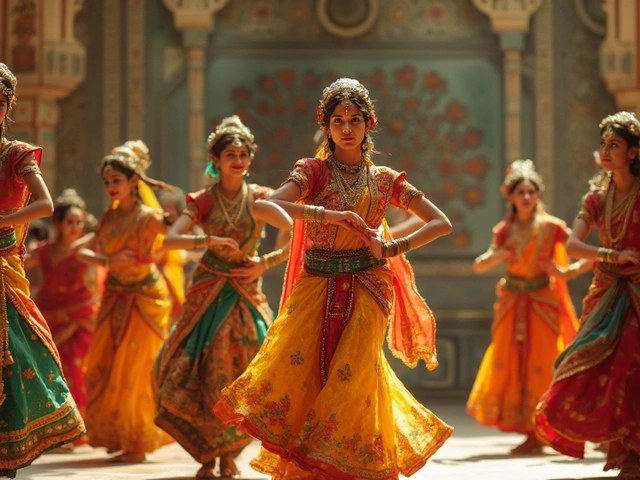Healthy Eating in India: What Works, What Doesn't
When we talk about healthy eating, a way of choosing foods that support long-term physical well-being without extreme restrictions. Also known as nutritious living, it’s not about cutting out carbs or chasing superfoods—it’s about what actually fuels people day after day in a country where food is tied to culture, season, and family. In India, healthy eating isn’t something you read about in a magazine. It’s what your grandmother cooked, what your local vendor sells at dawn, and what your body naturally craves after a long day in the heat.
Real healthy eating here connects directly to staple foods, the everyday grains and legumes that form the base of most Indian meals. Think rice in the south, roti in the north, and millets rising again in the west. These aren’t just carbs—they’re the backbone of energy, fiber, and affordability. Then there’s Indian diet, the pattern of meals shaped by region, religion, and climate. It’s not one thing. A vegetarian meal in Gujarat uses jaggery and lentils differently than a coastal Kerala dish with coconut and fish. What’s healthy in one place might be rare in another—but both can be nourishing.
Spices aren’t just flavor. Turmeric fights inflammation. Cumin aids digestion. Fenugreek helps balance blood sugar. These aren’t trendy additions—they’re centuries-old tools built into daily meals. And while processed snacks and sugary drinks are creeping in, millions still eat fresh vegetables, homemade pickles, and yogurt every single day. Healthy eating in India doesn’t mean buying expensive organic produce. It means knowing your local market, eating with the seasons, and listening to your body.
What you won’t find in most guides is how deeply culture shapes what’s considered "good food." Fasting isn’t just religious—it’s a reset. Fermented foods like idli and dosa aren’t "probiotic trends"—they’re digestive helpers passed down for generations. Even the way you eat—sitting on the floor, using your hands—slows you down, helps digestion, and builds mindfulness. Healthy eating here isn’t a checklist. It’s a rhythm.
Below, you’ll find real stories from real Indian kitchens: what people actually eat, how their meals changed over time, and what works when you’re not living in a city with a gym and a smoothie bar. No fluff. No fads. Just what’s been proven, eaten, and passed on.





